Tangzu Fudu Verse 1 – Divinus Bass Generator
Tangzu Fudu Verse 1 is a 89 USD IEM sold and fulfilled by Linsoul Audio, with one dynamic driver, and two balanced armatures, plus it is one of the few IEMs they got in store which can be bought directly with a 4.4mm balanced connector without breaking the bank. Today we will take a deep dive into the usage, sound and tech specs of the Fudu Verse 1, also comparing it to other appealing alternatives on the market, including HarmonicDyne Devil (199 USD), HIDIZS MP145 (159 USD), and Dunu Kima (99 USD). As we will explore today, this is the most affordable option out there for having some actual low-end reach and deep bass.

Introduction
Tangzu is a new company that Linsoul is now promoting and trying to bring to the public, and with this first meetup, I am reviewing the Fudu Verse 1 right after having reviewed the Kotori Tungsten Audio Cable, and the cable of the Fudu Verse is so similar that I thought they were the same. The quality of the Fudu Verse 1 so far is excellent, this is an IEM with a solid build, good comfort, and the company is represented by the best guys possible, Linsoul, or the gateway to Chifi music, good prices and a lot of fun. As an Amazon Influencer, I earn from qualifying purchases, and using the purchase links in my reviews helps me maintain this website and Youtube Channel. I thank Linsoul for providing the sample for this review, in exchange for my honest opinion.
PROs – Deep bass, Actual 20 Hz reach, Smooth and Clean sound, good volume control, comfortable, good package, fair default cable quality, option to get it with a 4.4mm balanced cable, good price, price / performance ratio, forgiving sound signature, not sensitive to source hissing and background noise, No Driver Flex.
Cons – Soft Treble Roll-Off, Too Forgiving, Really Soft Transients.
Product Link
You can grab one from www.amazon.com here – https://amzn.to/49SPuSG
If you’re in the UK, you can grab one from www.amazon.co.uk here – https://amzn.to/3V3McaT
And if you’re from Europe, you can grab one from www.amazon.de here – https://amzn.to/3uVseVi
Build Quality/Aesthetics/Fit/Comfort
With so many Chifi IEMS today, it is hard to remember each, so today we get one that looks even more common than the others, and which even we couldn’t make to be very interesting in the photos, with a metallic black faceplate. The frosted surface is good at rejecting both fingerprints and scratches, but the inner part is made of resin, which has good ergonomics and feels comfortable. Although it doesn’t look that interesting, Tangzu Fudu Verse 1 is lightweight, being one of the lightest IEMS I reviewed this year.
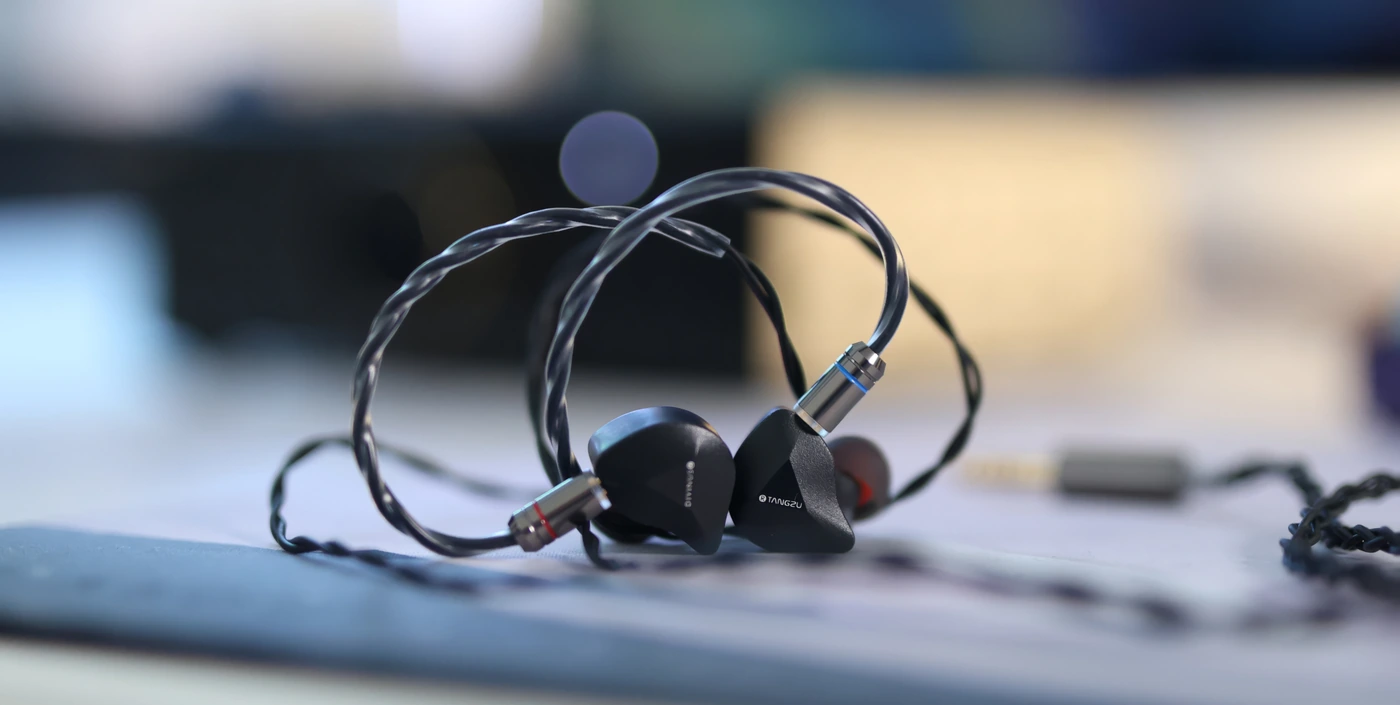
The sound of the Fudu Verse 1 is produced by a combination of a 10mm Dynamic Driver and two balanced armatures. There is a lychee leather bag included in the package, and the cable has gold playing for the plug, plus we have an exotic selection of tips. The tips of Tangzu Fudu Verse 1 are so good that they did not need replacing with anything else for me to review the IEMs.

There are no ergonomic problems with Fudu Verse 1, and in fact, they are some of the most comfortable IEMs ever created. Passive noise isolation is very high, about 20 dB, and the leakage is almost zero, even if you’re pumping metal at maximum volume. Fudu Verse 1 is an IEM not sensitive to source hissing or background noise, being almost immune to it, to the point it doesn’t show any hissing even with HIFIMAN EF600, or FiiO Q15.
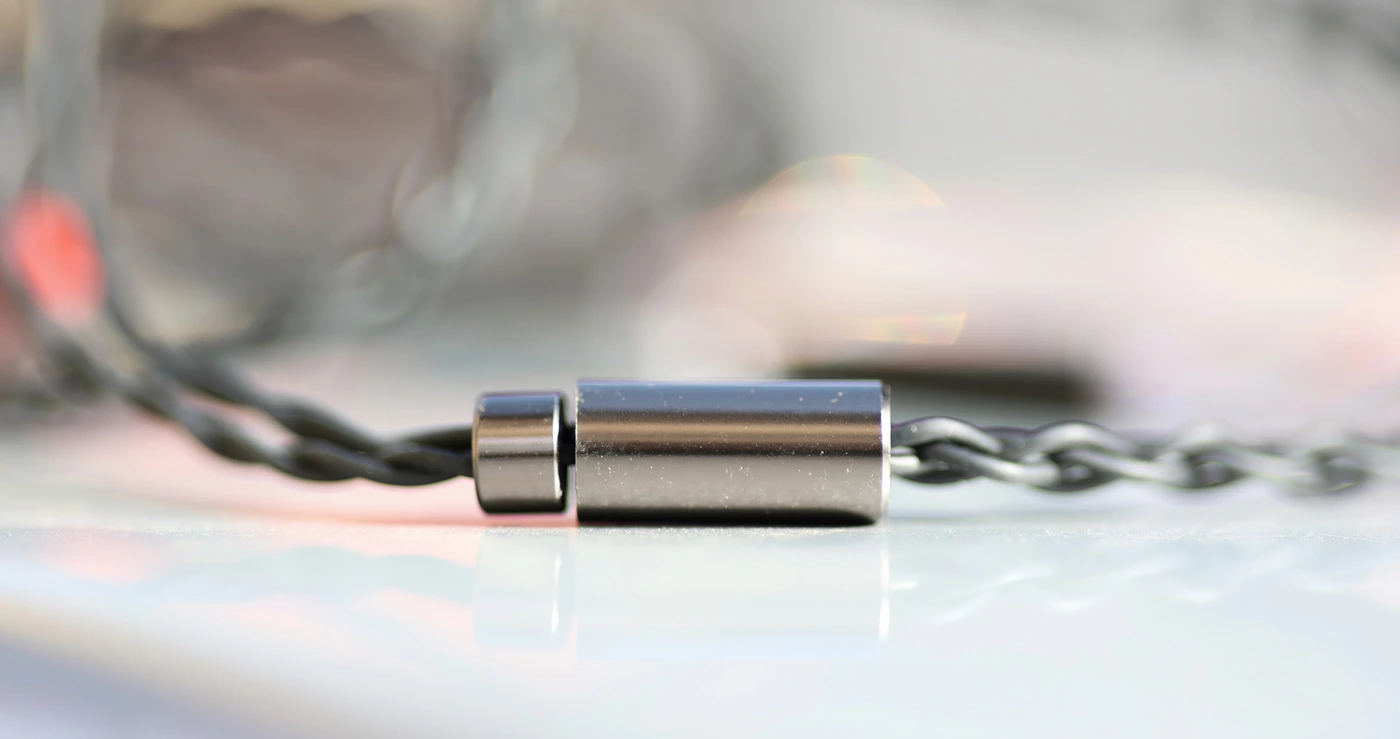
The SPL is low at 106 dB, and the impedance is theoretically low at 16 OHMs, but Tangzu Fudu Verse 1 is about as hard to drive as most IEMS on the market. The SPL of 1% and channel variance of 1% are not great figures theoretically, but as we will explore, the actual distortion is much lower than expected.
To drive the Tangzu Fudu Verse 1 I’ve been using a selection of sources including FiiO Q15, Shanling UA4, FiiO K9 PRO ESS, HIFIMAN EF600, Aune S9c PRO, Hiby R3 II, and JDS Labs Element III MK2 Boosted. The sound of the Fudu Verse One is the smoothest, nicest, least aggressive sound ever heard, with a full, lush and deep bass, so the brightest, most neutral, sharpest source is the best for it. There is no risk of noise, so Fudu Verse 1 will work with all the sources above just fine, and it doesn’t scale too much either, so it should work well with all sources.
Sound Quality
Overall Signature – I have never felt true bass depth from a Chifi before, Tangzu Fudu Verse 1 can actually safely reach 20 Hz, and give us a magical touch down on what a sub bass should sound like, the rest of the tuning being smooth, soft, relaxed, clean and with absolutely no sharp edge. The sound is so soft and smooth that at times I yearn for a bit more texture, edge and sharpness, but this is not an IEM for resolution, it is an IEM made for musicality, bass and depth, making all voices pleasing, all instruments fluid and grain-free, and all music pure joy. From Death Metal to Rock to ACG, to Pop and Jazz, everything is smooth, flowing smoothly like oil into your ears, to bring you an experience unique.
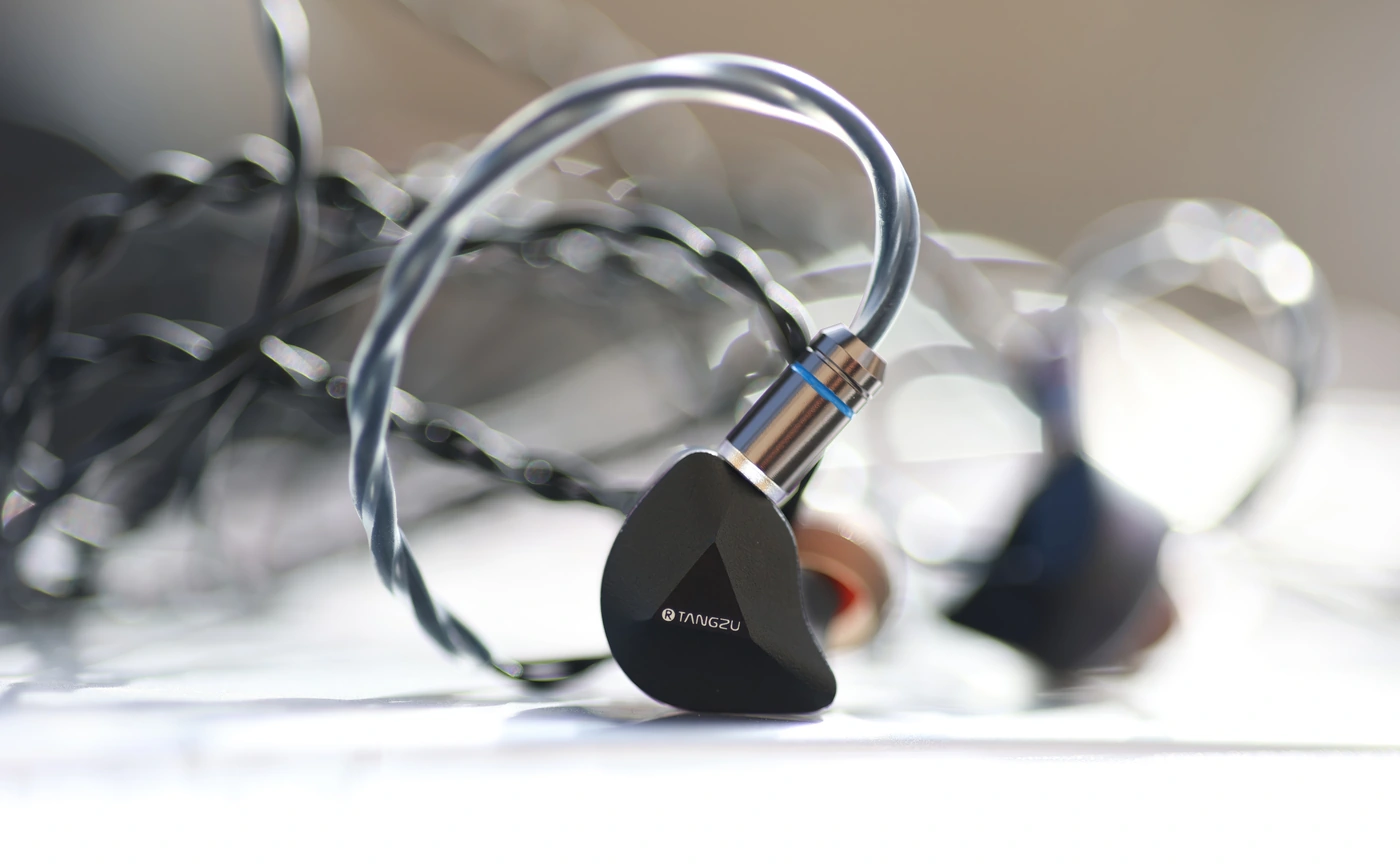
Bass – Tangzu Fudu Verse 1 has the deepest, most solid and most powerful bass I heard from a Chifi IEM so far, with a deep, punchy, bass that actually reaches 20 Hz, has a strong rumble and a slow speed, filling all of the space available for music, giving everything depth and force. The crossover is just above the bass, so voices are not over thickened, and there’s no strong bass bleed, instead most of the bass that would bleed in the midrange would be in the drums, which are presented louder than most of the other instruments. If there ever was an earphone that can make the bass guitar and lead guitar switch places, Tangzu Fudu Verse 1 would be that. I actually discovered that the bass is so good without even listening to music, I was watching a chubbyemu video, and the background music used had some really eerie sub-bass impacts, which Fudu Verse 1 rendered perfectly, but which were never audible with any other Chifi entry-level IEM.
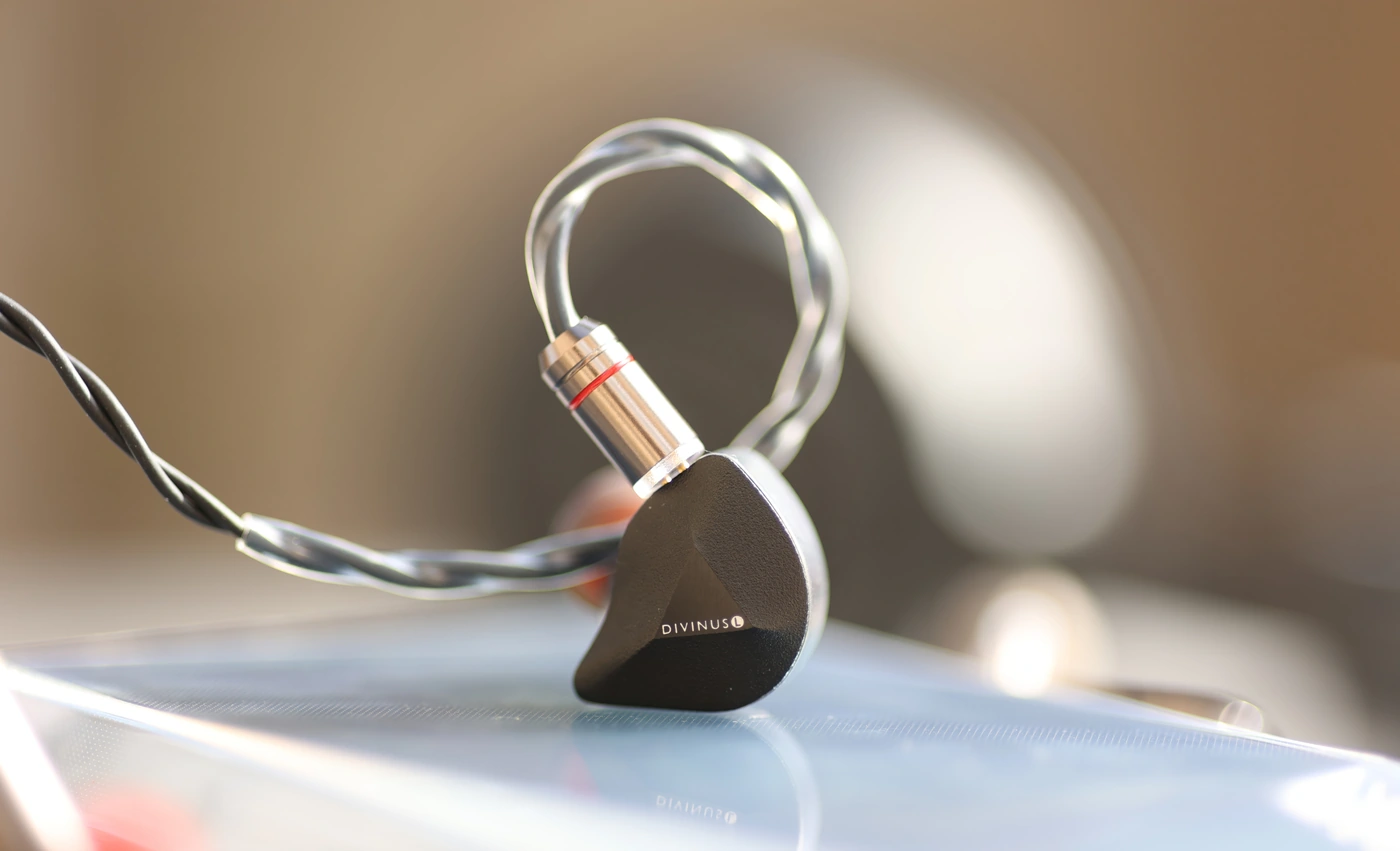
Midrange – The mids take second place to the bass, and the midrange is clean, soft, and absolutely grain-free, with not even a trace of fatigue for any instrument of voice. This is a double edged sword, all voices, all instruments, everything is soft, smooth and pleasing, but at times it feels a bit too smooth and relaxed, I miss a bit of texture and bite in rock and metal, Tangzu Fudu Verse 1 being able to render even Death Metal, Black Metal and Trancecore as a relaxing, lean experience, something you can listen to for hours without getting tired. There is just enough detail and resolution to keep you entertained and not get bored, and that low end punch can keep you interested and entertained for hours.
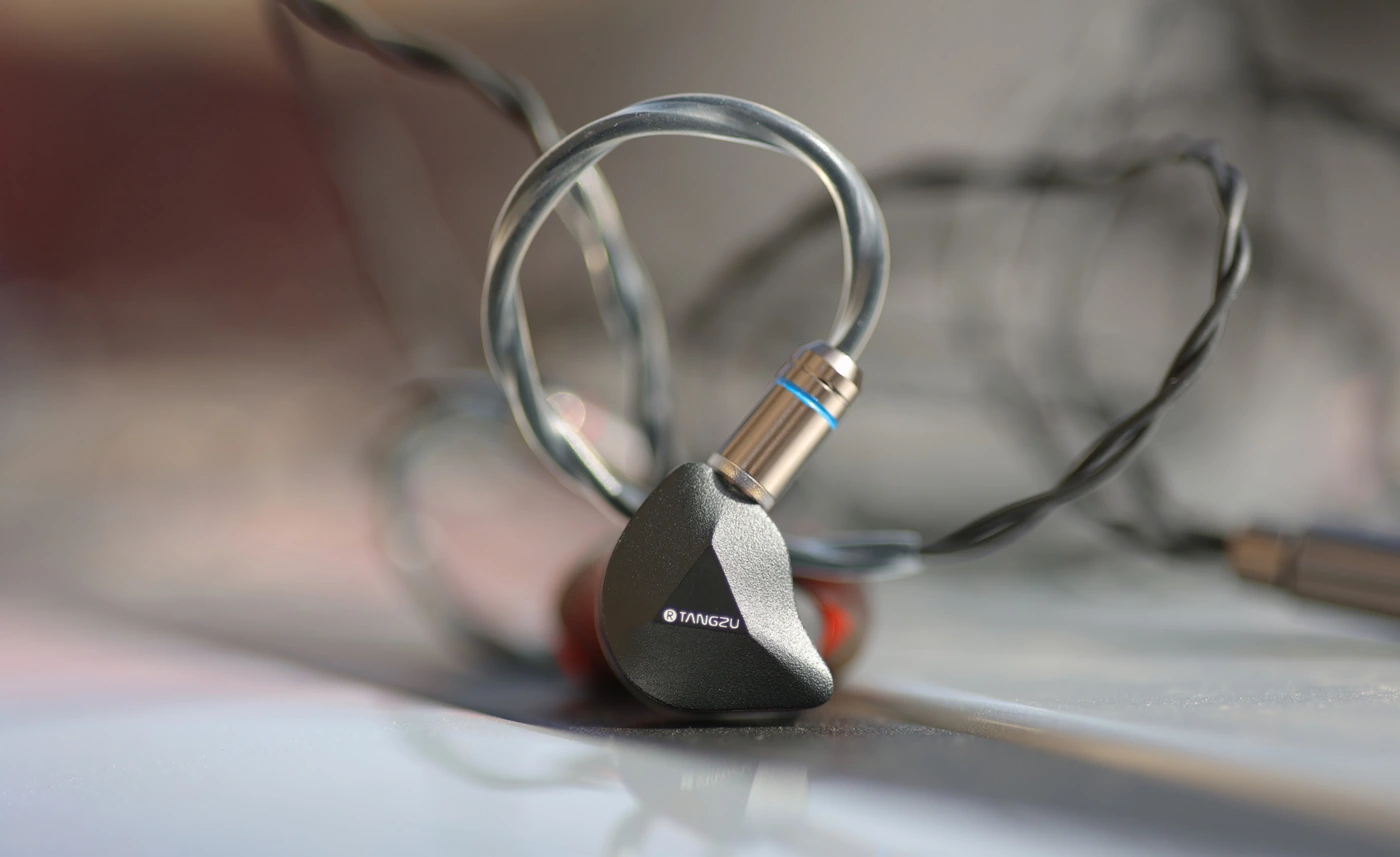
Dynamics / PRaT / ADSR – The transient response of Verse 1 is soft, with a soft attack, short decay and with no edge. Textures are presented as smoothly, relaxed and softly as possible, with just a bit of texture in the bass being present in songs. While this makes the Verse 1 the perfect IEM to blast rock and metal, it is textureless even with sharp synths. There is no grain, and even guitars in songs like Interrupting cow – Prime Creators sound smooth, fluid, edging on changing the style of the song to punk rather than death metal.

Volume Control – You can literally push this IEM to 110 dB, and you won’t make it distort or change character. At most, the bass can get out of control and spread too much, or become slightly distorted, but that’s about it, you won’t get sharpness, the sound stays clean, smooth and laid back. At louder volumes, the sound gets more narrow, gets better separation, while at lower volumes, it has less instrument separation, and a wider, deeper soundstage.
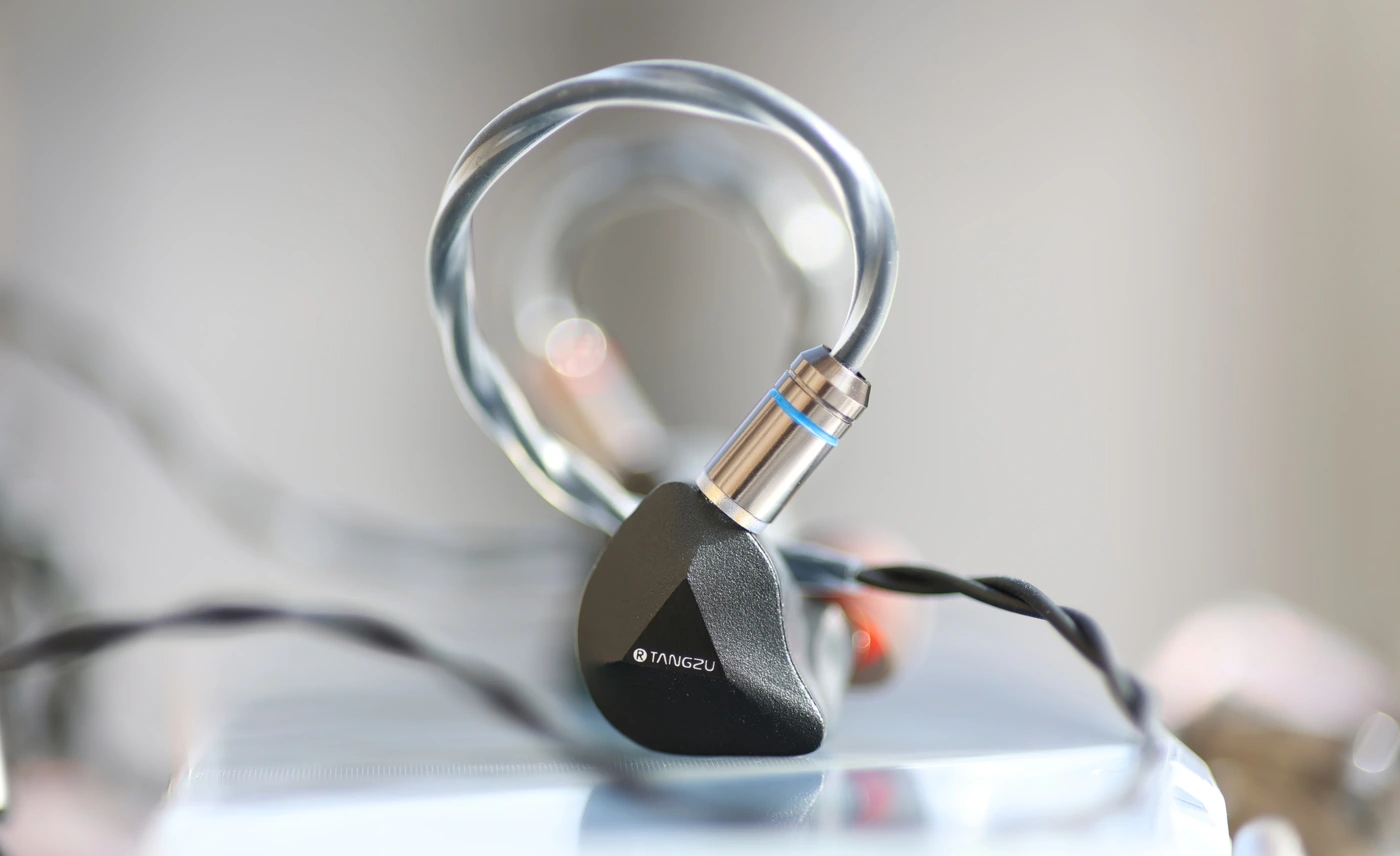
Treble – Fudu Verse 1 has a soft roll off that starts as early as 6 kHz, with some comeback around 8 kHz, but otherwise rolling off softly, the treble being even less in presence than the midrange. There is some cymbal and high-end information, but it is presented way far in the background. The soundstage is thus natural in size. The treble can extend nicely in width, and the depth is excellent, but most of the spatial information is shadowed a bit by the bombastic bass. All in all, the sound is pleasing with all music, not holographic, but with a fair instrument separation and a fairly natural soundstage.
Comparisons
Tangzu Fudu Verse 1 vs HIDIZS MP145 (89 USD vs 159 USD) – Although Verse 1 is not small, MP145 is one of the largest, heaviest IEMS I reviewed, and although it comes with a slightly sturdier cable than Verse 1, I will always pick Verse 1 in this comparison for its build quality, and reliable comfort. Sonically, MP145 is a standard V-Shaped sounding IEM, but the bass only reaches 30 Hz instead of 20 Hz, as it does with the Verse 1, and you can hear the difference in the low-end punchiness and depth, the soundstage of the MP145 is wider, but shallower, while Verse 1 sounds deeper, but narrower. The resolution of MP145 is higher, it reveals more details, while Verse 1 is punchier, smoother, much more fluid, and grain-free, while MP145 sounds rather grainy compared. Both IEMs are fun to listen to, I prefer Verse 1 when I really don’t want to be fatigued from music listening, and I prefer MP145 for when I want to get a better detail and more treble in the mix.

Tangzu Fudu Verse 1 vs Dunu Kima (89 USD vs 99 USD) – The comfort of the Kima is heavier, smaller and comes with a better package than Verse 1, offering less passive noise isolation. Verse 1 is less sensitive to source noise, background noise, it offers higher passive noise isolation, and feels more comfortable, although the cable looks and feels fairly fragile. The cable noise of Kima is higher. Both IEMs sound colored, but Verse 1 reaches 20 Hz, while Kima only reaches 40 Hz, Verse 1 is fuller, deeper sounding with far more bass, it has a softer transient response, and reveals less details, but voices sound more natural, leaner and more enjoyable. Between the two, I would go with Verse 1 if I was a basshead, and go with Kima if I didn’t want a lot of bass.

Tangzu Fudu Verse 1 vs HarmonicDyne Devil (89 USD vs 199 USD) – You can always count on HarmonicDyne to be effective in the entry-level range, but here, although they have a fully metallic IEM shell, which is small, the Verse 1 is smaller, lighter, more ergonomic and thus more comfortable for long periods of wear. The default cable of the HarmonicDyne is better, with textile braiding and a thicker, more wear resistant construction, but Verse 1’s cable is less prone to microphonic noise and wear noise. Both are easy to drive, but Verse 1 is less sensitive to source hissing, output impedance and noise in general. Verse 1 offers more passive noise isolation, and it leaks less. HarmonicDyne sounds more neutral here, but has lower detail and a leaner bass than Verse 1. By comparison, Verse 1 has a much stronger sub bass, stronger bass, a bit more detail in the midrange, with a wider soundstage, but lower amounts of treble and midrange, which results in a more colored sound, although a slightly smoother, more fluid sound which has even less graininess than HarmonicDyne. They go for the same sound, but I would pick Verse 1 for the improved comfort, and if I was a huge basshead.
Value and Conclusion
Although the sound is incredibly colored and specific, Tangzu Fudu Verse 1 ends up having one of the best price / performance ratios I’ve heard in my entire life, it is affordable, but has 20 Hz touched, a smooth sound and can not fatigue even the most sensitive of listeners, basically offering something that is sought for by many, but for a price that’s affordable to everyone.
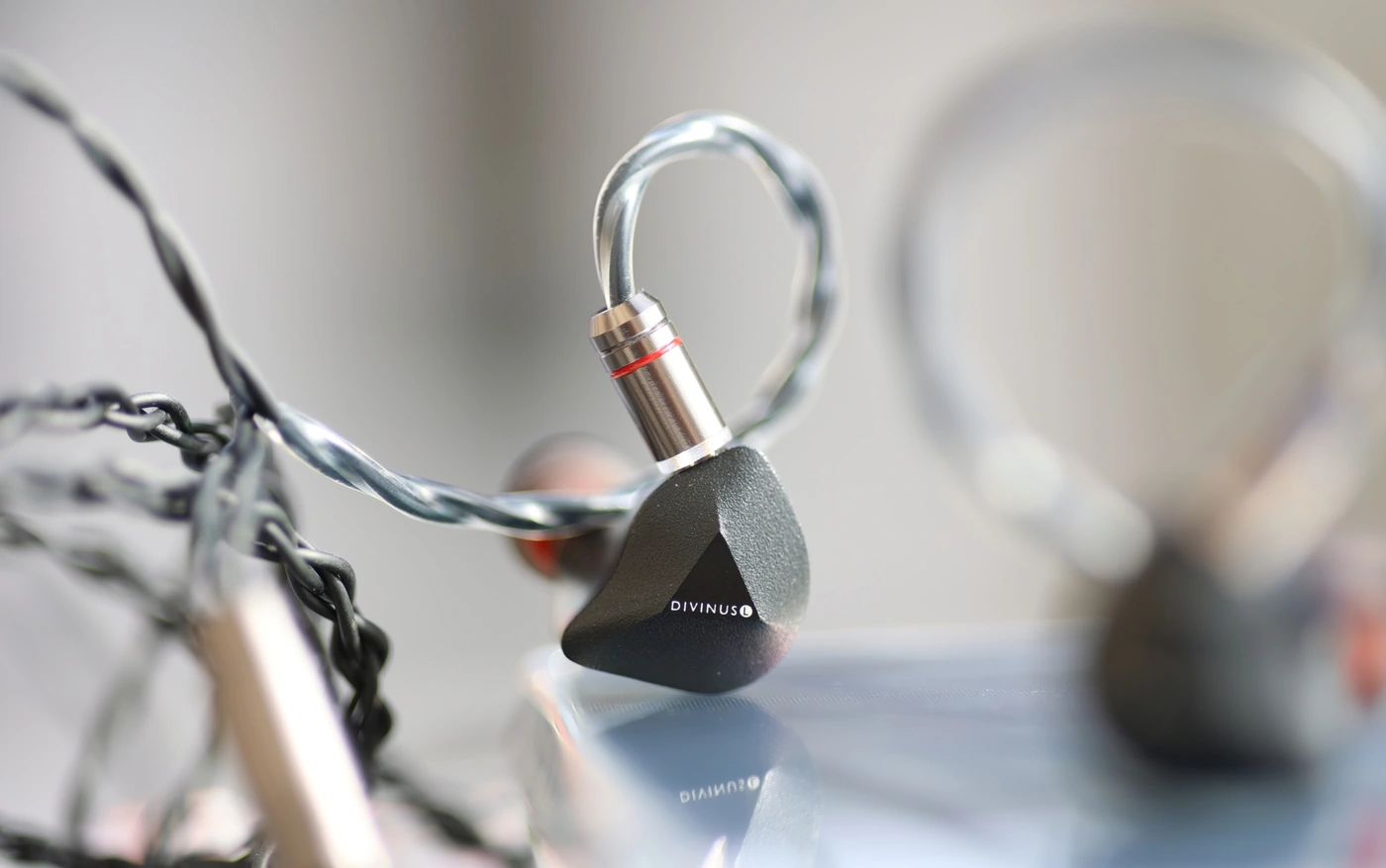
At the end of the day, if you’re looking for a comfortable, smooth and full sounding IEM, with a Fun Factor to it, with a strong sub bass, fluid midrange, and grain-free, softly rolled off treble, with a sound that can take the edge away from literally any song in this whole world, Tangzu Fudu Verse 1 is one of the best you will hear, and an experience I can recommend fully to anyone who wants to have some guilt-free fun.
Product Link
You can grab one from www.amazon.com here – https://amzn.to/49SPuSG
If you’re in the UK, you can grab one from www.amazon.co.uk here – https://amzn.to/3V3McaT
And if you’re from Europe, you can grab one from www.amazon.de here – https://amzn.to/3uVseVi
Technical Specifications
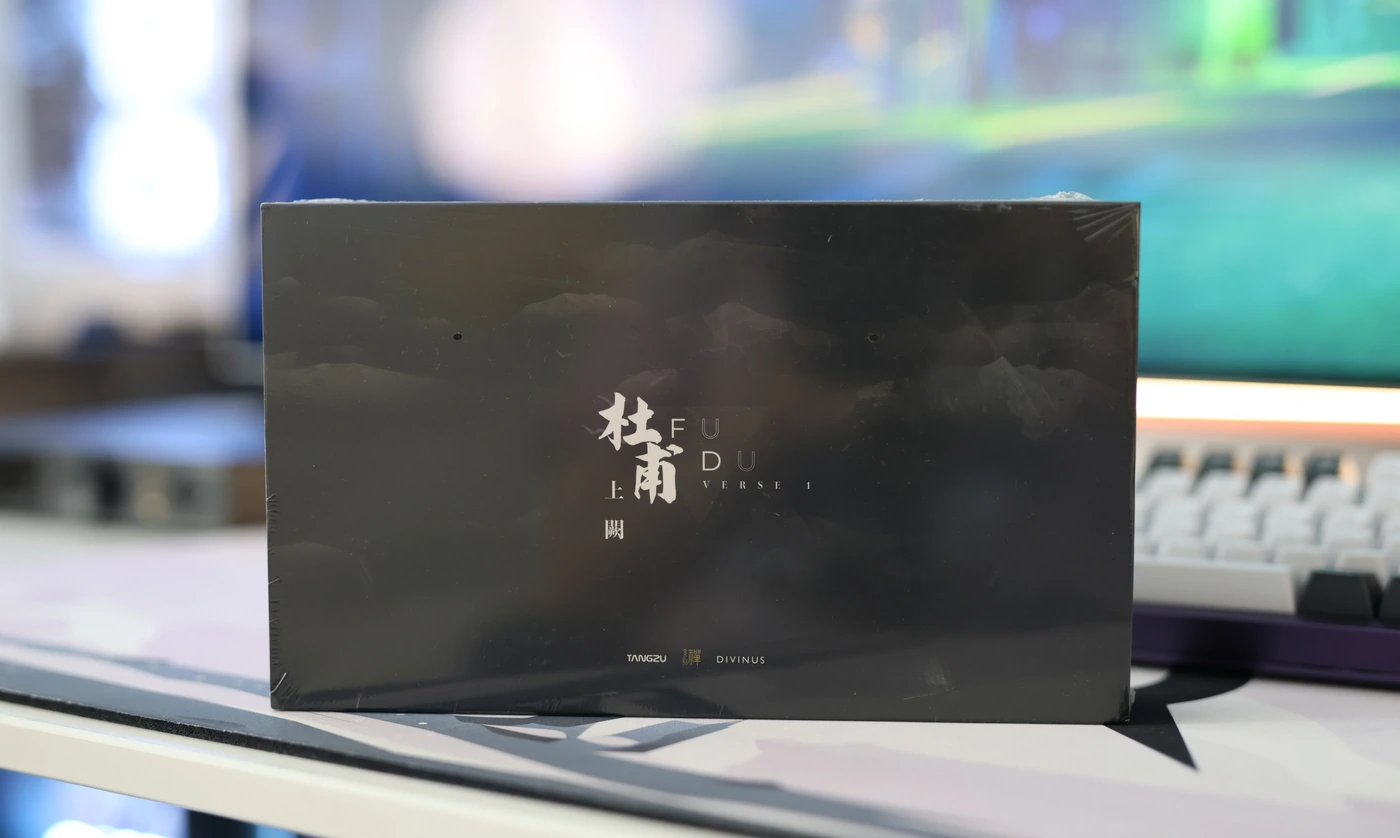
Driver Configuration – 1 Dynamic Driver + 2 Balanced Armature
Driver Specifications – 10 mm DD + 2 Balance Armature
Distortion Rate – ≤1% at 1kHz
Sensitivity – 106dB ±≤1dB at 1kHz
Channel Difference – <1%
Impedance – 16 ohms
Frequency Response Range – 20Hz – 20kHz
Cable Type – 25*0.05 Silver plated
Cable Length – 1.25m
Interface – 0.78 2-PIN
--- Please remember to stay safe, and always have fun while listening to music!---
- If you have a dime to spare, please donate, and help us! It would make the day brighter for me and my wife-
Full Playlist used for this review
We listened to more songs than those named in this playlist, but those are excellent for identifying a sonic signature. I recommend trying most of the songs from this playlist, especially if you’re searching for new music! The playlists are different for Spotify, Tidal and Youtube, and based on the songs I enjoy and are available on each!
https://www.youtube.com/playlist?list=PL_cjBXGmwSHSdGcwuc_bKbBDGHL4QvYBu
https://open.spotify.com/playlist/5J3oloz8Riy9LxEGenOjQ0?si=979ba4f082414be7
https://tidal.com/browse/playlist/330fd544-8e5b-4839-bd35-676b2edbb3d5
--- Contact Us ---





